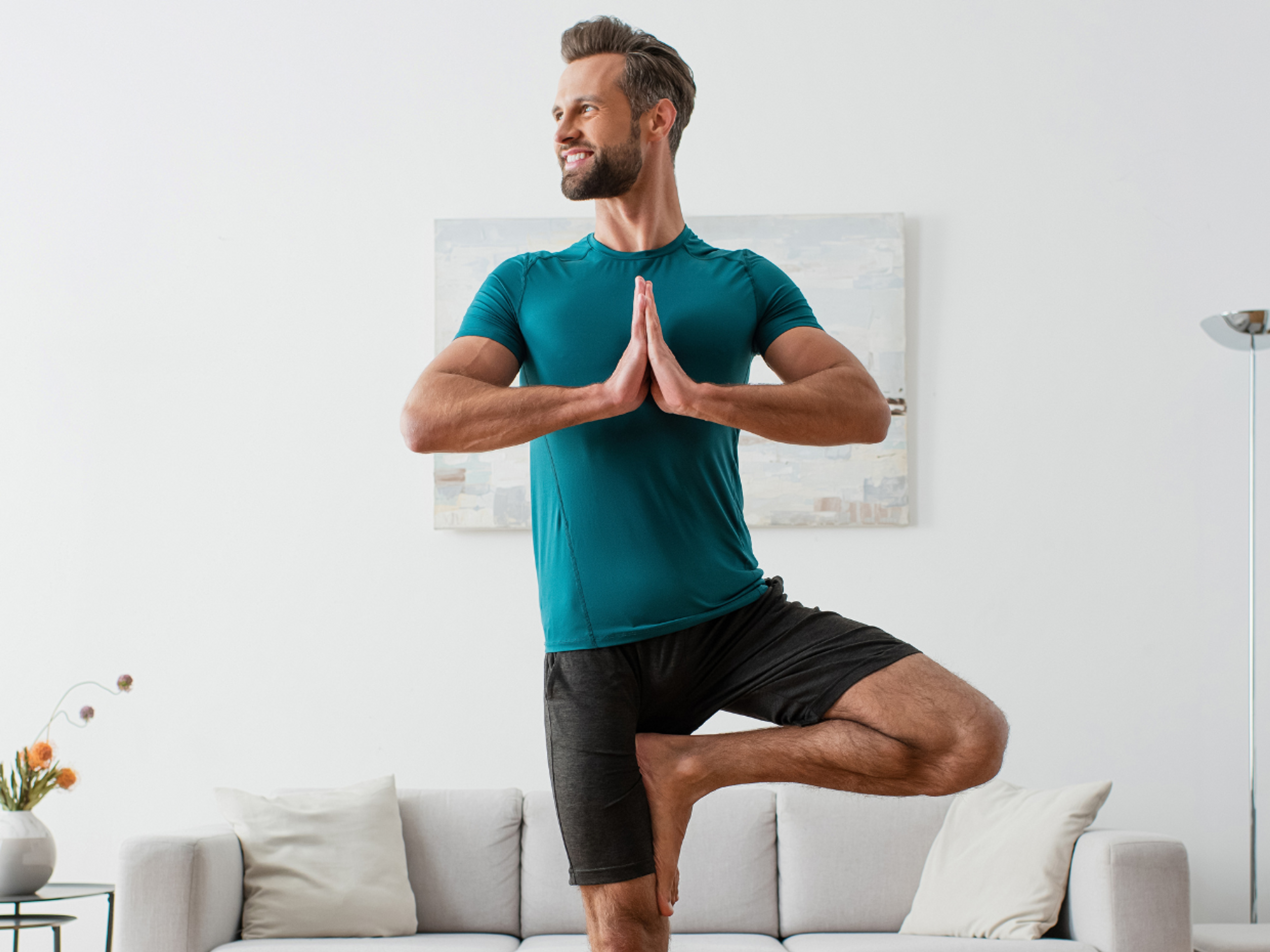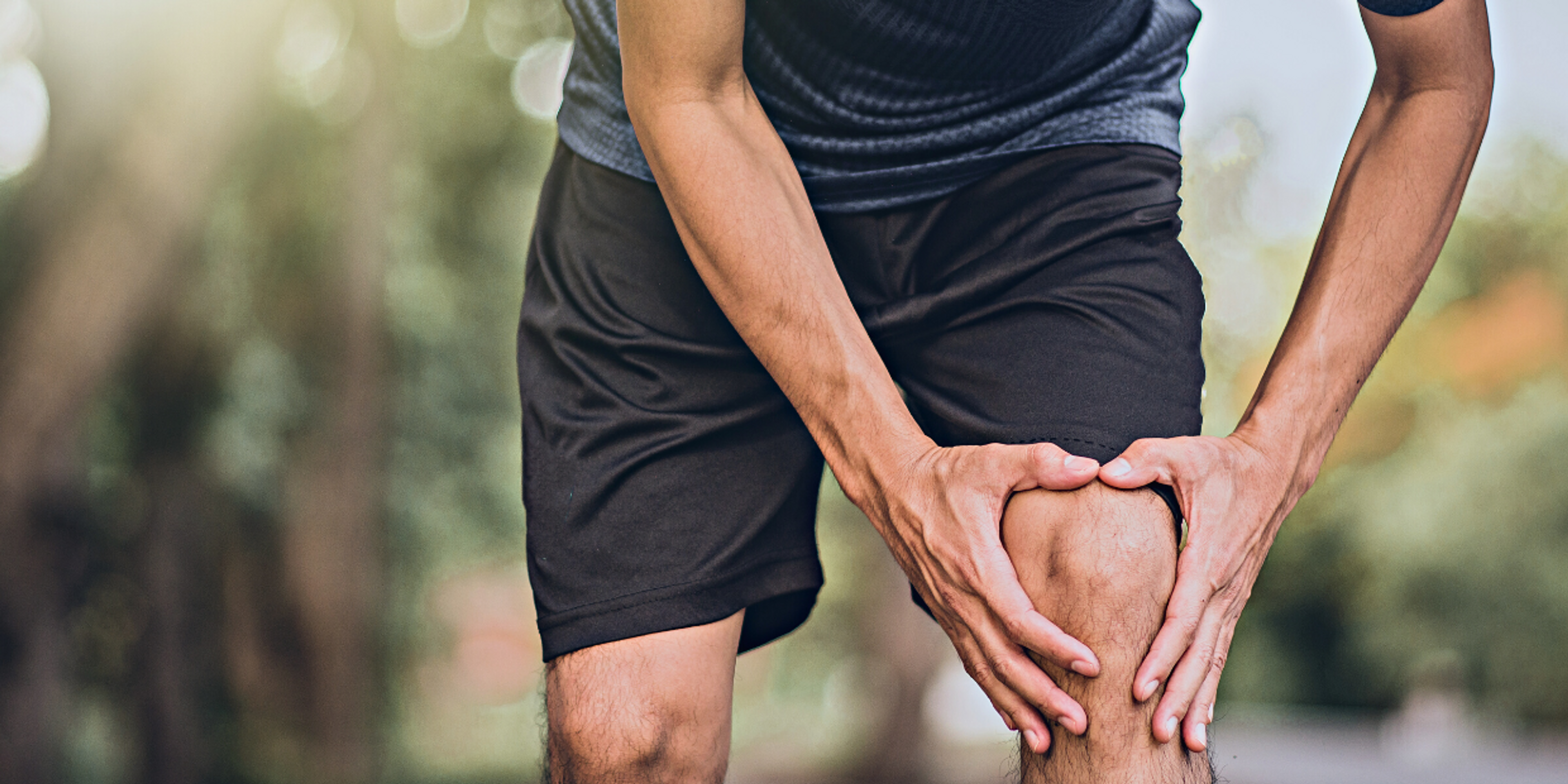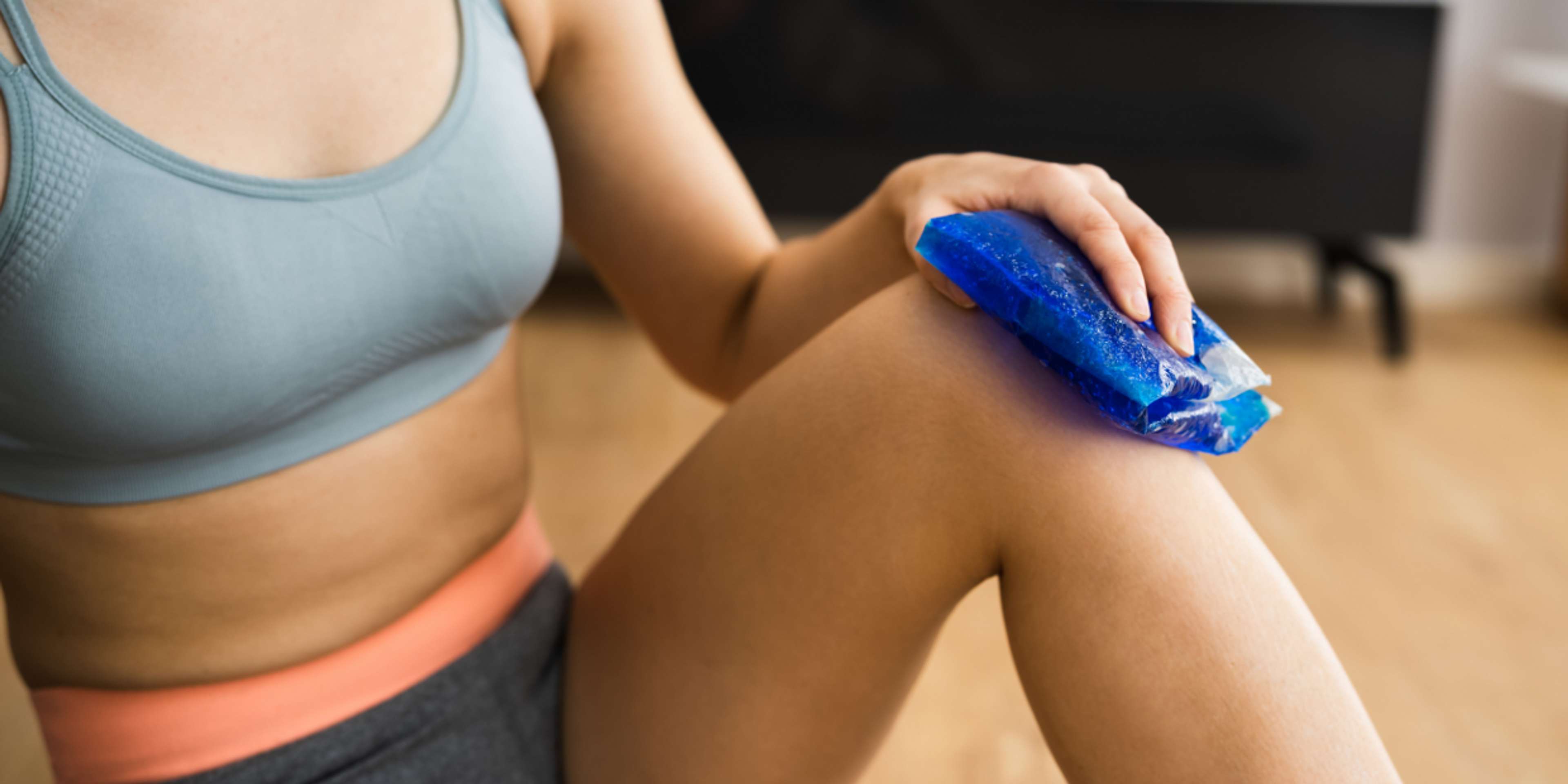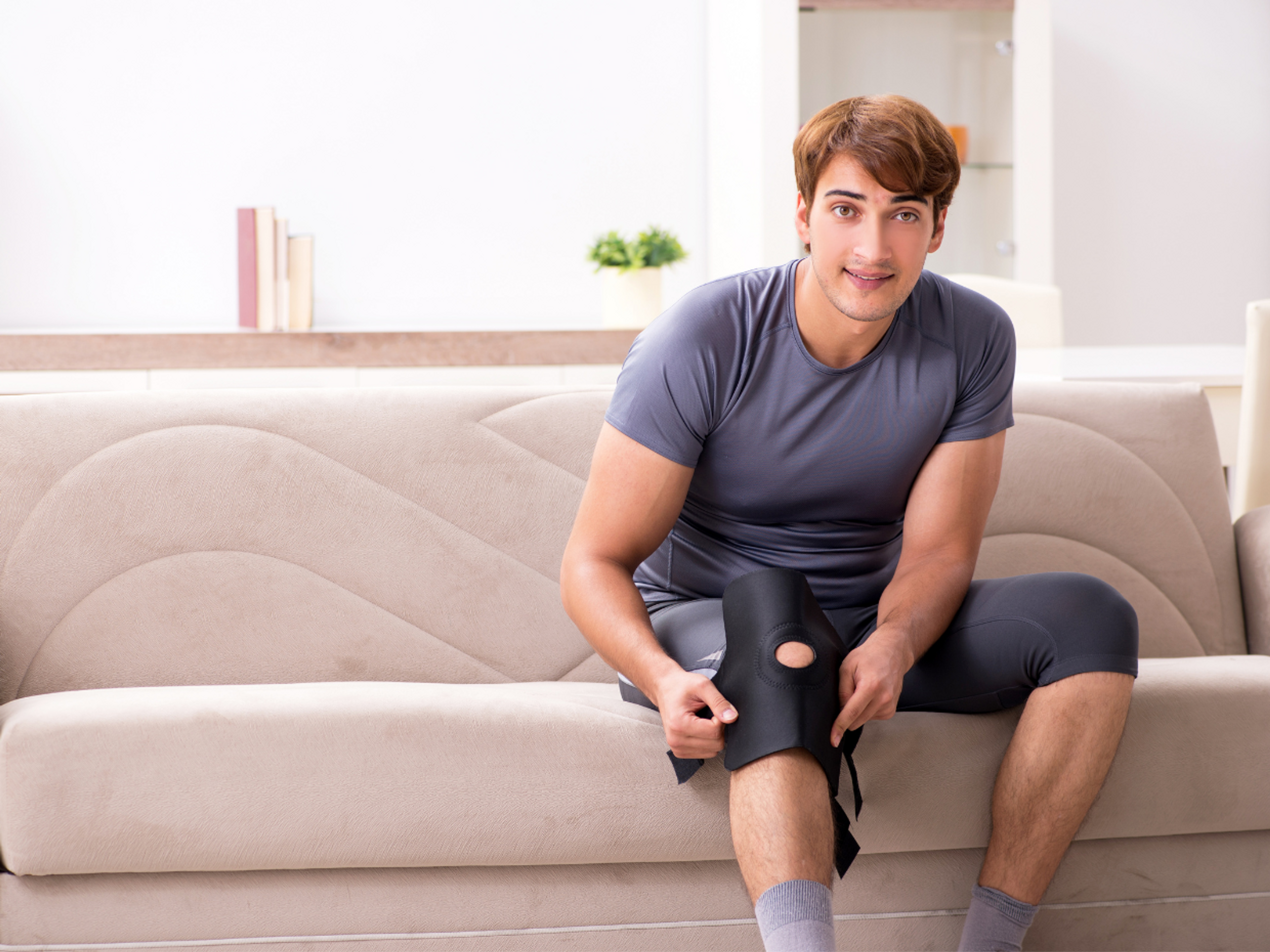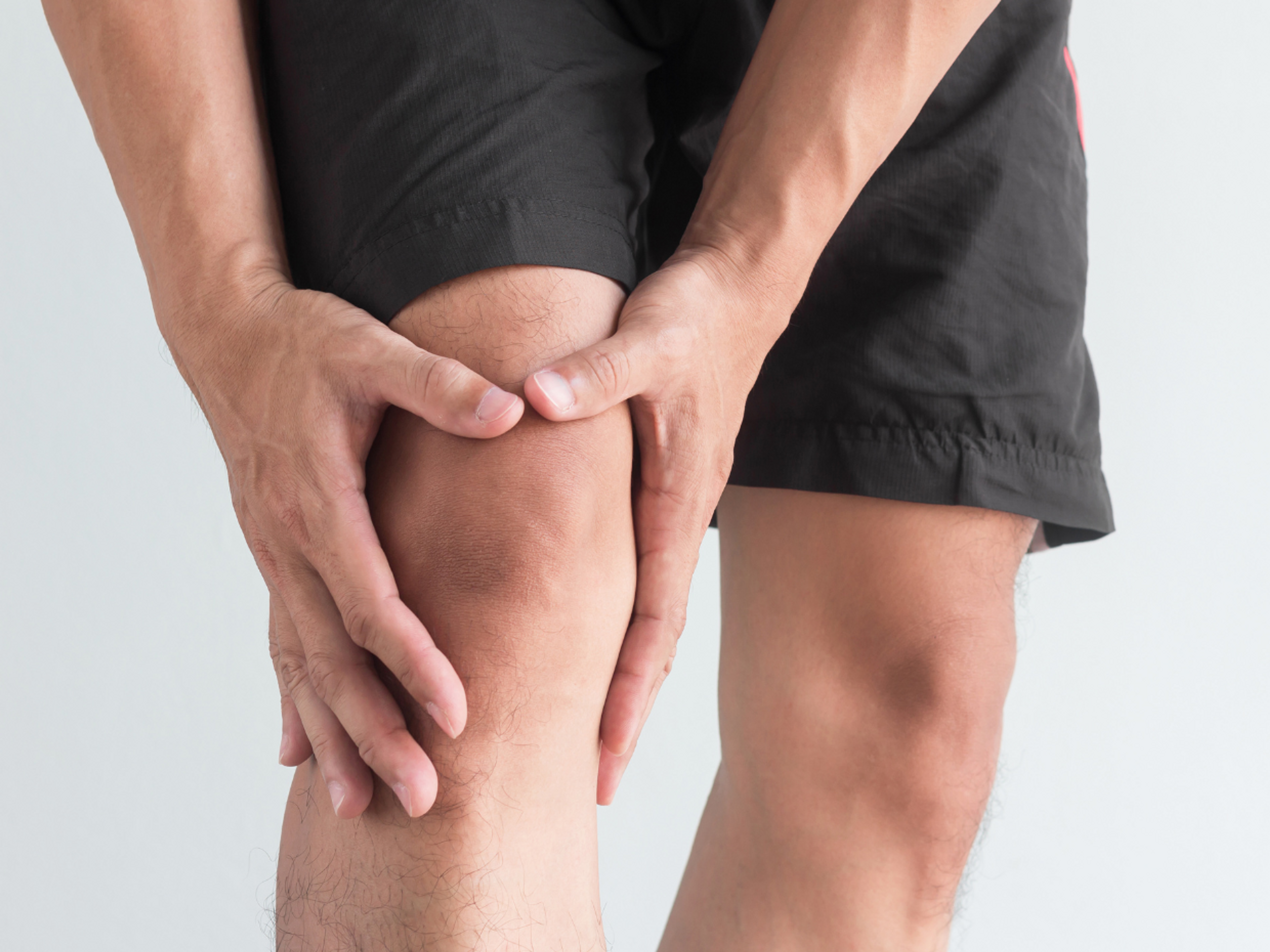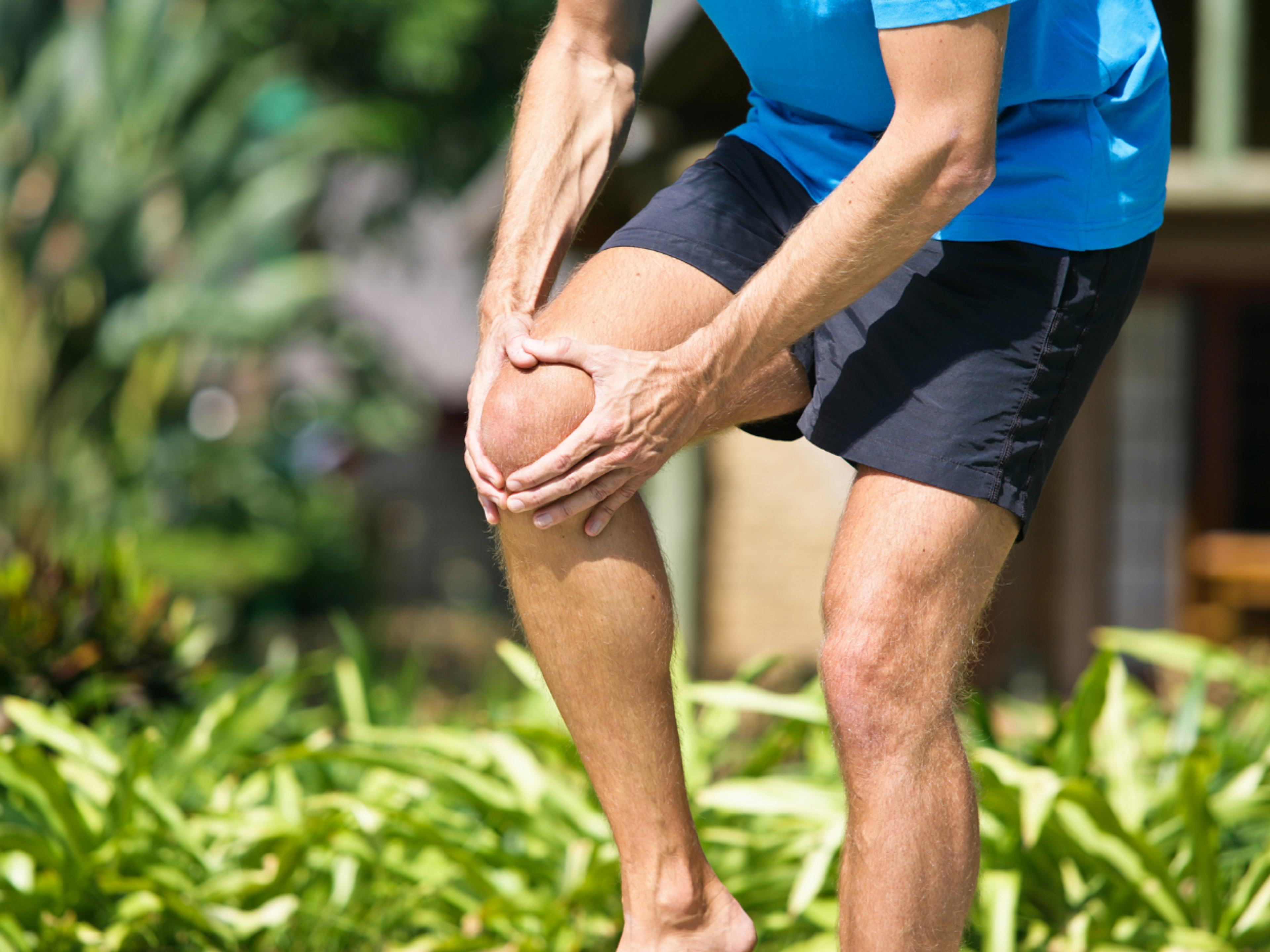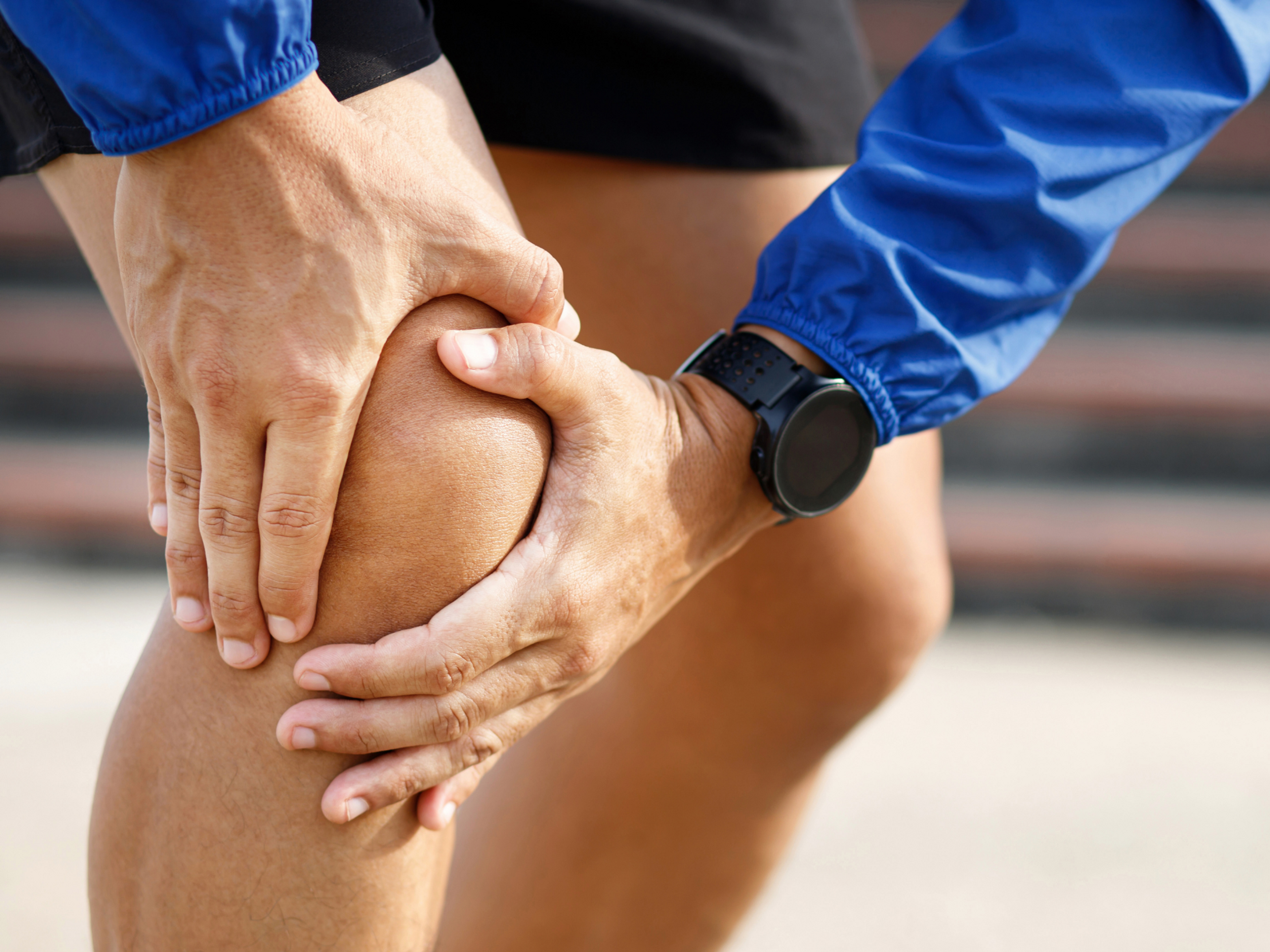Balance exercises for knee injuries - Benefits and common pitfalls
Why balance exercises can help your knee injury
Balance exercises can help restore your injured knee's position sense.
What is position sense?
Climbing stairs is an excellent example of position sense in action.
When you climb up a flight of stairs, do you need to look at your feet as you go up? Likely not. How is it possible that you know precisely how high to lift your leg without looking?
Your brain receives thousands of messages from receptors in your muscles, tendons, and joints, telling it exactly where your legs are and how they are moving.
That's position sense!
Why this matters
Research shows that:
- Any type of injury can decrease your position sense
- Poor position sense increases your risk of injuring yourself
For example, suppose you step on a stone while running. In that case, good position sense allows your brain to recalculate your movements quickly, and you can carry on without injury. But poor position sense may cause you to sprain your ankle or knee.
Balance exercises for knee injuries
Only start balance exercises once you can comfortably support all your weight on your injured leg.
Here are 4 balance exercise progressions. You must master the easy ones before moving on to the harder ones.
A common mistake people make is starting balance board exercises too early. You must first gain good control while simply balancing on the floor before you start adding unstable surfaces.
Need some extra help with your balance exercises?
The Exakt app offers personalized exercise guidance and evidence-based tips for smoothly and effectively managing common knee injuries, including meniscus tears, patellofemoral pain syndrome, and IT band syndrome.
You can start using it at any stage of your recovery, and the app will adjust to your current condition, helping you progress towards a full return to sports.
